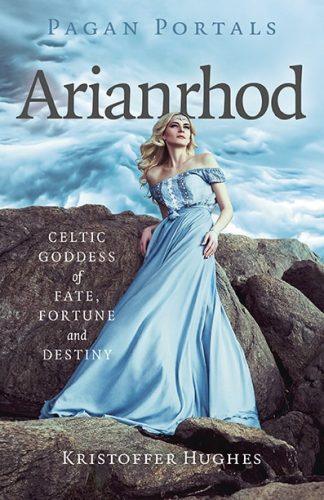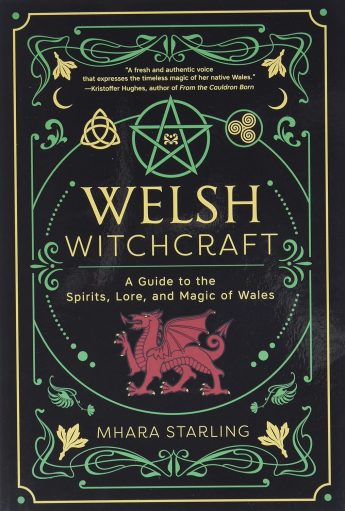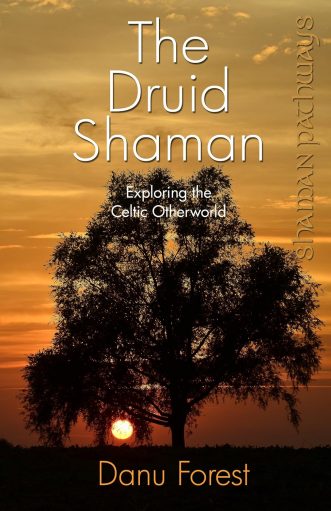Disclaimer: I received finished copy of Pantheon: The Irish from the Publisher in exchange for an honest review. This does not affect my opinion of the book or the content of my review.
For anyone who has dipped their metaphoric toe into the world of Irish paganism and mythology, you will already know that it can be a complex and daunting world. That makes Morgan Daimler’s Pantheon: The Irish, published by Moon Books, a welcome addition to modern works on the subject. Designed as an accessible introduction to the complex world of Irish mythology. It offers an entry point both for those curious about Irish spiritual traditions and wanting to practise or study them in more depth. For many readers, particularly beginners, it will serve as an illuminating guide. In the following review I will touch on what I enjoyed and what I thought could be improved.

Hailing from Connecticut in the US, Morgan is a prolific writer on esoteric and folkloric subjects. Having produced over 36 books, they are a well-known entity in the Pagan scene, the contemporary community of people practising earth-based spiritual traditions. A witch and priest of Na Daoine Maithe, a term from Irish folklore referring to the “Good People” or fairies, Daimler hosts workshops on fairies at events and conferences. Among their most influential works are “Fairycraft” and “Travelling the Fairy Path“, which have been widely cited in contemporary Pagan literature.
Strengths and Praise of Pantheon: The Irish
I found the book to be structured in a way that enables a newcomer to this branch of mythology, like me, to get their bearings with Irish paganism. I particularly appreciate that Morgan takes the time to explain the cosmogony, festivals, deities and spirits in ways that breaks it down for those that are not adept in Irish history. Daimler doesn’t overload with academic jargon, which makes Pantheon: The Irish more approachable and enjoyable.
I also enjoy the fact that Morgan takes the time to distinguish Irish practice from broader “Celtic” generalisations. There is nothing more jarring to me then authors who lump together Celtia as a homogonous culture who share practices and deities. By doing this, they allow the Irish pantheon to emerge on its own terms, allowing its complexity to shine without diminishing its own beauty.
The book includes descriptions of many of the gods and spirits central to Irish cosmology, plus the rituals, festivals, and beliefs that surrounded them. Morgan includes historical or folkloric contexts, which help ground the practices in time and place rather than treating them as purely speculative or mystical, this is especially important to me if I am to fully engage with a book like this.
Daimler doesn’t stop at as simple “this is what the Irish pantheon is”. They provide suggestions for further resources. I also appreciate the inclusions of the Irish triads, a system used by bards to remember large bits of information by grouping them together in threes. Another good aspect to the book is the inclusions of the author’s own experience with working with these deities, I find it lends a personal touch that gives the book more depth.
Criticisms and Suggestions

However, no book is without criticism, and I would like to touch on a few here. Given that the book is intended as an introductory text there is an inevitable trade-off in depth. Readers with a prior knowledge of Irish mythology and folklore might find sections lacking the depth they would like. A deeper dive into the differences between localised practices or disputed scholarship. For example, the cosmology is acknowledged to have less than rock solid evidence.
Although Daimler gives quite a lot of folklore and myth alongside the cosmology, the conflict of what the old texts tell us and how modern practitioners interpret or use them is only partially resolved. I would have liked a deeper dive on variations of practice, or on controversies/ambiguities in interpreting the sources.
While the book is well researched and draws on folklore, myth, oral tradition, a more academic or critical audience may have questions about what sources are primary vs secondary. Daimler seems aware of those gaps, but readers who want technical footnotes or debates in the literature may be left wanting more.
At 184 pages, there’s a limit to how much ground can be covered. Some deities or spirits only get brief mentions, or some rituals are only touched upon rather than fully explored. For readers wanting an exhaustive deep dive this is not the book for them, but that’s likely not what Daimler was aiming for with this book, and they are clear about that from the beginning.
In future editions I would like to see the following:
- More comparing of conflicting sources or telling where folklore and myth diverge
- Appendices with suggested primary sources for further reading (I understand the limitations of the primary sources being in Irish)
- More on geographical/regional variation within Ireland and maybe its influences on surrounding areas
- More discussion of how contemporary practitioners adapt or reconstruct rituals
Conclusions
Pantheon: The Irish succeeds very well at its aim, which is to guide beginners to a basic understanding of the belief, myth, festival, cosmology, and spiritual practice of the pre-Christian Ireland. It is a very readable, respectful, informative book that and avoids many of the pitfalls of both romanticisation and over‑simplification.
For someone new to Irish mythology or paganism in general, it provides a solid grounding. For seasoned students or scholars, it might feel a little limited. But even then, its comparisons and framing result in clarity that will still prove valuable,
If you’re looking for an entry into the richness of Irish deities, spirits, festivals, and mythic worldview, Pantheon: The Irish is a strong, clear, and engaging choice. It doesn’t try to be everything, but in what it sets out to do, it largely succeeds. It offers both informative content, and enjoyable engaging writing style and inspiration. For those new to Irish Paganism, it’s likely to not just enlighten, but also kindle further curiosity.
Discover more from The Scouse Druid
Subscribe to get the latest posts sent to your email.




I started dipping my toe in Welsh Celic lore a few years ago and most of the reading I’ve done usually crosses over into Irish lore. I’m working my way through a few books at the moment but I’ve never felt a connection with Ireland, perhaps because I’ve never been there.
I struggle to connect to the Irish pantheon too, which i find weird as i have a lot of family history connected to Ireland. But i suppose that means nothing really lol